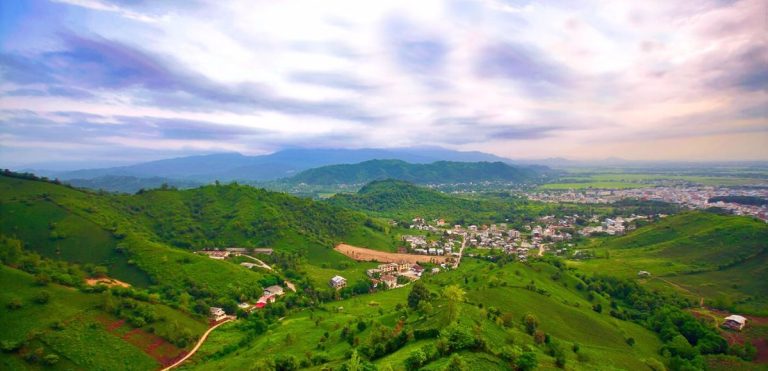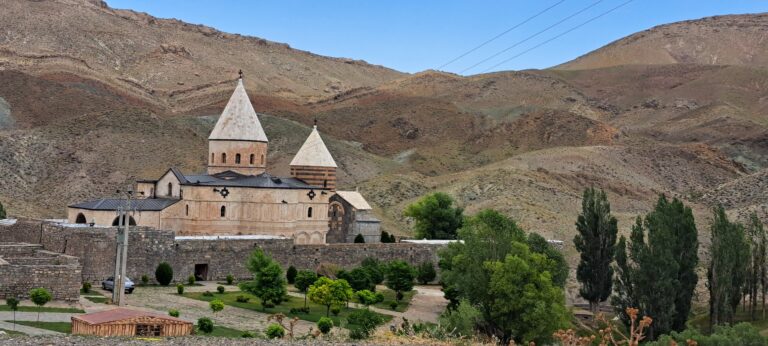Urmia Lake is the largest lake in the Middle East and one of the largest salt lakes in the world. But, well, maybe we should say IT WAS once… This lake is located in the northwest of Iran, between the provinces of East Azerbaijan and West Azerbaijan. Urmia Lake has a unique ecosystem and biodiversity, and it is a protected national park and a Ramsar wetland site. The Lake has a long and rich history and culture.
It was named after the ancient city of Urmia, which was one of the oldest and most important cities in the region. The lake was also known as Reza’iyeh Lake in the 20th century, after Reza Shah Pahlavi, the founder of the Pahlavi dynasty. It has been mentioned by various historical sources and travelers, such as Herodotus, Strabo, Marco Polo, and Ibn Battuta. Urmia Lake has a complex hydrology and salinity. It is fed by several rivers and streams that drain a large basin of about 52,000 square kilometers. The lake has no outlet, so all the water that enters it evaporates or seeps into the ground. This causes the lake to have high salinity levels, ranging from 8 to 28 percent depending on the season and water level. The lake also has seasonal and long-term fluctuations in its surface area, depth, and volume.
This Lake has a diverse flora and fauna. It hosts more than 200 species of birds, including flamingos, pelicans, ducks, geese, storks, herons, and gulls. It also supports more than 40 species of reptiles, amphibians, and mammals, such as snakes, turtles, frogs, otters, foxes, and wolves. Urmia lake has more than 50 islands, some of which are inhabited by humans or used for agriculture or tourism. The lake also has some endemic species of algae, bacteria, and brine shrimp that can survive in its extreme salinity. Urmia Lake is facing serious environmental threats and challenges. The lake has been shrinking and drying up due to climate change, drought, water diversion, dam construction, overgrazing, pollution, and urbanization.
The lake has lost more than 90 percent of its surface area and water volume since the 1970s. This has resulted in ecological degradation, biodiversity loss, salt storms, health problems, social unrest, and economic decline. It is a valuable natural heritage that needs urgent conservation and restoration. The Iranian government and various national and international organizations have launched several initiatives and projects to save the lake and its ecosystem. Some of these efforts include reducing water consumption in the basin, transferring water from other sources to the lake, improving water quality and management, enhancing public awareness and participation, and promoting sustainable development in the region.
Also see Kahnamu, Kandovan, Hilevar, and the Bazaar of Tabriz.

